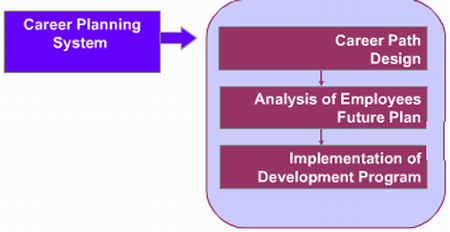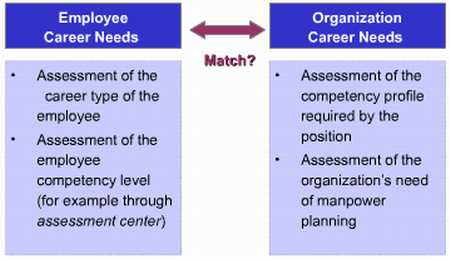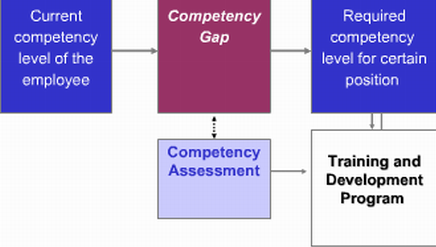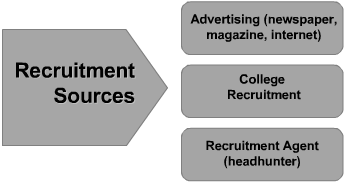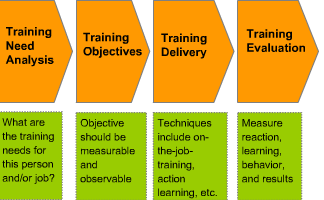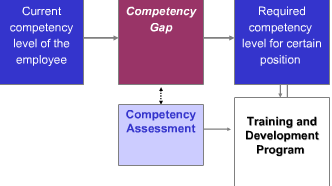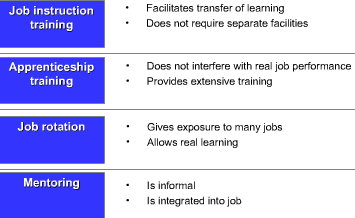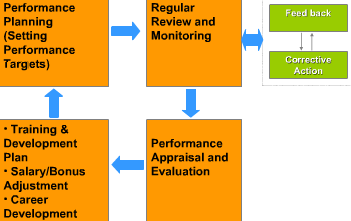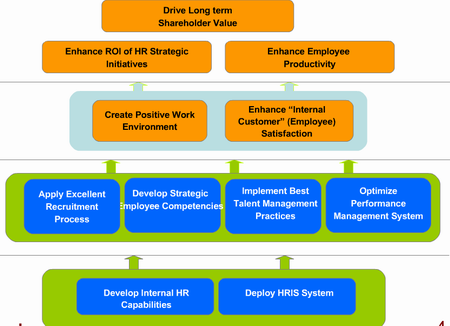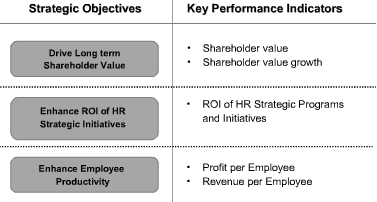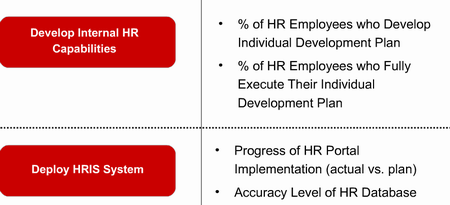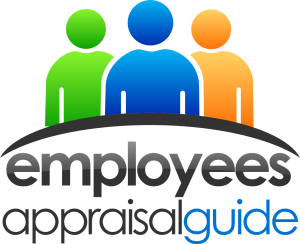If you are a responsible and conscientious owner of a small or large company, then you should realize how essential it is to pay attention to all the elements and aspects of your business. You will surely agree that tough competition that often prevails at the market, does not leave place for hesitations, because lack of control my eventually result in serious problems and financial loss.
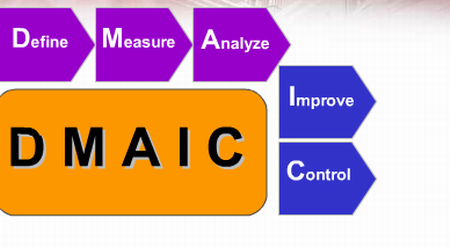
Just like any business issue, HR performance should be evaluated, measured and analyzed. Companies and organizations that overlook this aspect frequently regret it later, because well-trained and skilled personnel are the most valuable asset of any organization. In case the work of the human resource department proves to be ineffective, this may result in unexpected complications. Likewise, paying unprofessional employees who do not wish to improve their skills is nothing more than just a waste of money. So, there is no sense to spend more if you can invest your money in experienced and talented personnel.
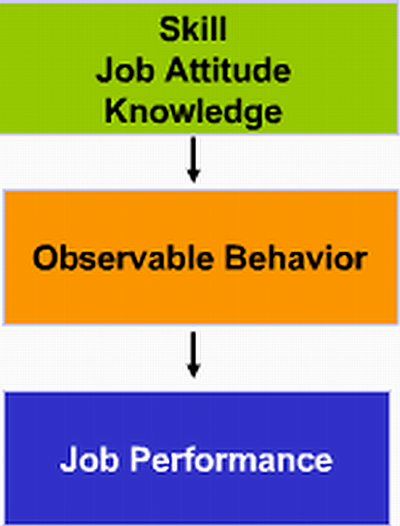
With the Balanced Scorecard system the measurement process becomes easy and available to most human resource departments. This system utilizes a set of universally recognized and useful assessment tools, which can be implemented in all business spheres without any exception. The only thing that changes from one company to another is a set of key performance indicators that have to be analyzed. Their choice typically depends upon several factors such as current performance of your company and its HR department, available problems and weak points, personnel performance and professionalism etc.
Although key performance indicators may differ in diverse companies, there are still those that are internationally recognized. Cost per hire, for instance, is referred to as one of the most meaningful and valuable indicators. It helps identify the average amount of money spent with the purpose of hiring one employee. In case these expenses prove to be too high, your organization may face financial losses. So, it is important to make them low for the benefit of your business.
Length of employment is one more metric that is worth measuring in any company. It shows the amount of time a worker spends in the organization. If employees spend less than one year in your office and leave without any serious reason, then this may be the sign of problems observed either in the HR or compensation policy.
Introducing the system of Balanced Scorecard is a long, time-taking and complicated procedure. This is where you will need special software that will make the measurement process more reliable and informative.
